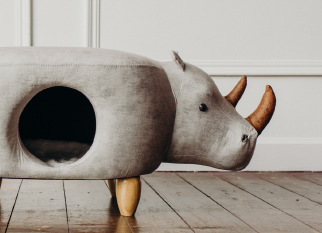Effect of humid environment on the physical structure of extension cord
How an extension cord performs in a wet environment not only affects its service life, it can also pose a threat to the safety of the equipment and user. Therefore, when selecting and using an extension cord, its adaptability and safety under different environmental conditions must be fully considered.
Deterioration of the insulation layer
The insulation of your extension cord is a core component in ensuring the safe transmission of electricity. In humid environments, the insulation layer is attacked by moisture, causing a significant decrease in its physical and chemical properties. Specifically, hydrolysis reactions are a major risk factor, where water molecules react with components in the insulation material, leading to a reduction in insulating capabilities. Prolonged moisture exposure makes this phenomenon more pronounced.
In addition, the expansion and contraction caused by moisture penetration in a humid environment will accelerate the aging process of the insulation layer and even lead to cracks and peeling. The growth of mold is also a problem that cannot be ignored. Humid conditions provide a good environment for the growth of mold. They not only grow on the surface of the insulation layer, but may also penetrate deep into the material, further destroying the insulation performance.
Damage to metal parts
The metal components in extension cords, including plugs, sockets, and conductors, are highly susceptible to electrochemical corrosion and oxidation caused by moisture. Electrochemical corrosion refers to the reaction of metal parts with moisture, oxygen and other corrosive substances in a humid environment to form corrosion products, which will destroy the protective layer on the metal surface, leading to metal embrittlement and thickness reduction, and even perforations.
Oxidation reactions also occur frequently in humid environments, forming metal oxides that reduce the metal's conductivity and increase contact resistance, resulting in poor electrical connections. In addition, the contact surfaces between metal components are susceptible to erosion under humid conditions, leading to wear and deformation, affecting the stability and reliability of electrical connections, and increasing the risk of electrical failures.
fragility of physical structures
Moisture conditions not only affect the insulation and metal components, but also pose a threat to the extension cord's overall physical structure. Some insulation materials soften in humid conditions, reducing their mechanical strength and making extension cords more susceptible to deformation or breakage when exposed to external forces. In addition, the penetration of moisture may cause the wires to become entangled and twisted, which not only affects the conductive performance, but may also cause safety hazards such as electrical short circuits.


 English
English русский
русский 中文简体
中文简体 Español
Español













